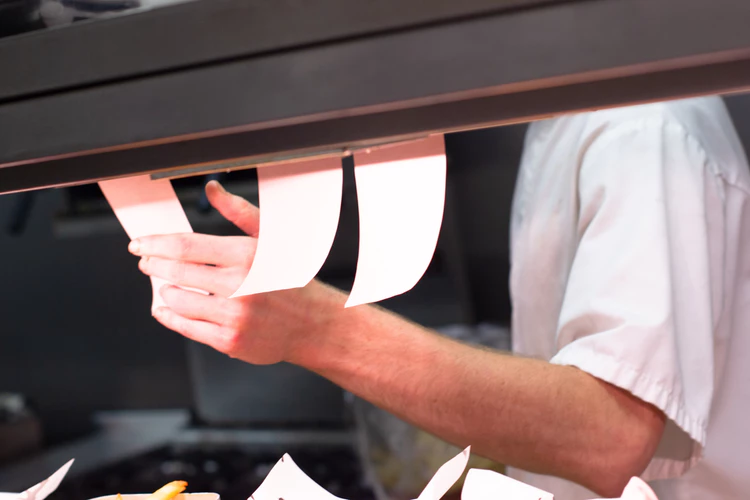Running your own restaurant can feel like a dream come true. But, there are so many food safety regulations for restaurants to keep in mind, it’s essential to make sure you’re following the rules closely. If you don’t, you could be putting your customers at risk for foodborne illnesses, and your business may struggle or even get shut down.
From kitchen safety to training your staff, there are many different restaurant food safety categories to keep in mind to keep your customers safe and coming back for more. Thankfully, by creating checklists for these food regulations, it can be easier than ever to keep your kitchen safe.

What to Include on a Restaurant Food Safety Checklist
If you’re a restaurant owner or manager, you probably already have a good idea about safety regulations and are familiar with the HACCP standards checklist. Over time, though, it can get easier to forget about some of those important rules as we get busier, more popular, etc. Unfortunately, that’s when it’s easy for people to start getting sick. Keep some of these top safety regulations in mind and be sure to train and retrain your staff on their importance as often as you can:
-
- Pest control: Keeping rodents, vermin, and insects out of the kitchen is a crucial part of running a safe and clean facility. These critters will not only turn your customers’ stomachs, but they can carry different diseases with them that could cause harm to your patrons.
- Temperature control: One of the biggest culprits of food poisoning from restaurant food is a lack of temperature control. Every plate that comes out of the kitchen needs to be logged when it comes to how long it’s been since the food was made, as well as the temperature of the food itself. This isn’t just a safety suggestion, it’s part of being HACCP compliant.
- Food storage: Not only do foods need to be cooked to the right temperature, they need to be stored at the right temperature, too. Any ingredient or dish that isn’t used immediately must be labeled with the date/time and stored at the proper temperature.
- Kitchen cleanliness: One of the most important things you can do as a restaurant owner is to make sure your staff is well-versed in kitchen safety, even if you’re not around all the time. Something as simple as handwashing practices could mean the difference between one of your customers enjoying their meal or getting sick from it later! Cleanliness should always be the culture in any professional kitchen.

Try ComplianceMate for Food Safety Temperature Monitoring
Keeping your kitchen safe and compliant doesn’t have to be confusing. When you use ComplianceMate to log product temperatures and let you know when there’s a problem, you completely take the guesswork out of temperature regulation.
ComplianceMate offers a full spectrum of kitchen safety resources. You can feel confident using everything from temperature and cooling logs to cleaning checklists. Request a free demo or talk with one of our specialists today about which ComplianceMate product would be the best fit for your restaurant.


